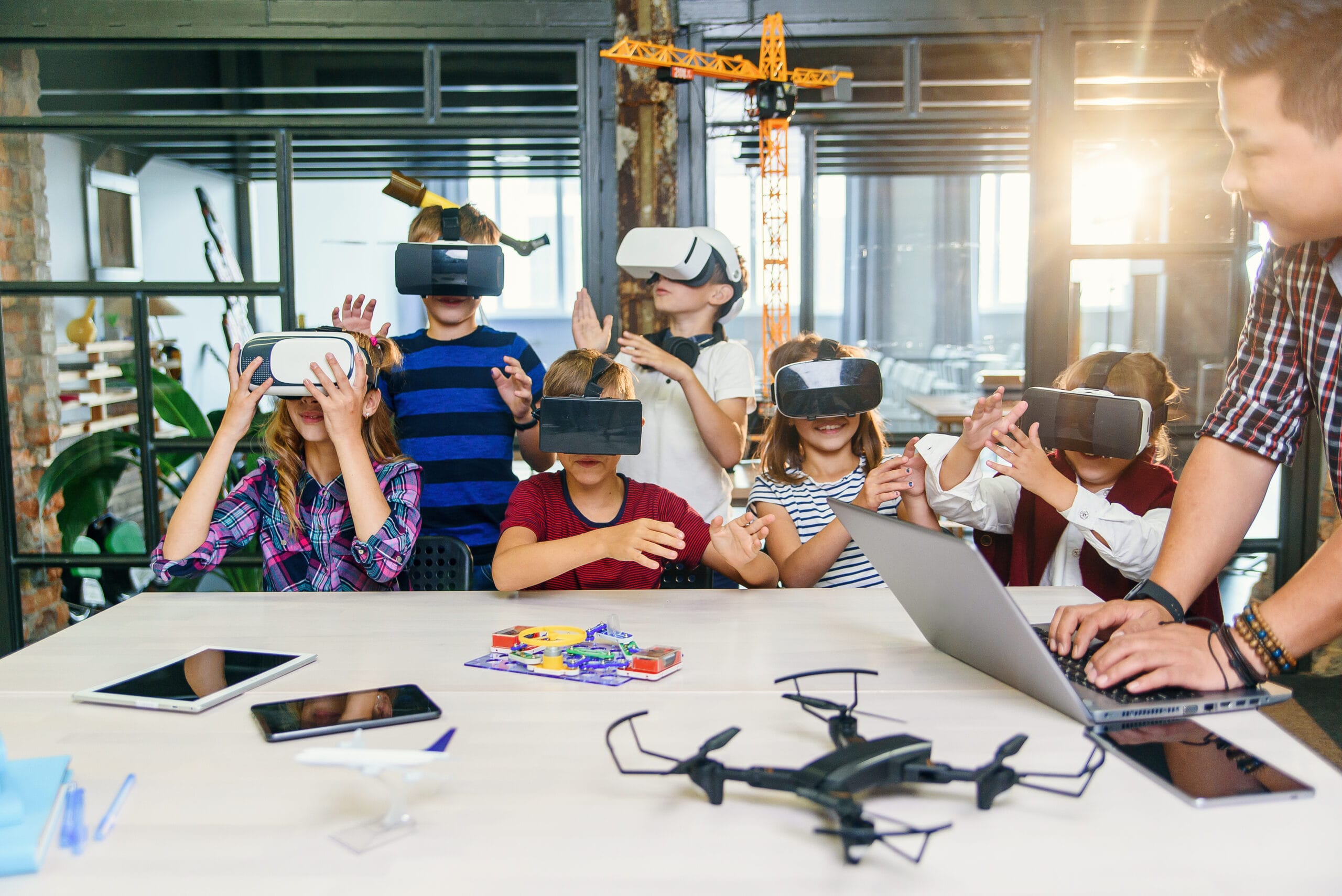
Gone are the days when the teacher or professor would ask their students to put away their smartphones or tablets. Today, digital devices are even encouraged to be used in the classroom setting.
The use of digital devices inside the classroom has long been practiced even before COVID-19, when the demand for remote learning surged. The use of computers inside the classroom was first experienced in the 80s with the evolution of personal computers pioneered by IBM, soon followed by Apple, then Toshiba.
Along with the development of the Internet in the early 90s, digitalization of education became apparent and expected. Soon after, there was an increase in both high school and college enrollment, and the growth of the education population became unprecedented. This could be attributed to the sudden interest in incorporating technology into the education systems, and the changing learning dynamics in schools and universities.
That being said, no wonder digital devices are now a standard tool utilized in classroom settings. It has been a requirement for every student to have a digital device to cope with their newly formatted education demands.
Here’s how using digital devices are improving the classroom experience:
- Makes Learning Fast-Paced
Unlike before, when teachers used to write lessons on the board, with digital devices, teachers nowadays can prepare slide presentations to be projected on wide screens to make learning more exciting and interactive. Although some teachers still like the traditional method and probably still utilize it to this day, many have seen the benefits of using digital devices to cover as many topics as possible in an hour.
- Assists Teachers With Adaptive Teaching Model
You have to come to terms with the fact that a one-size-fits-all learning experience isn’t anymore applicable to the new breed of learners of this world.
The world has changed so much that the traditional way of education is no longer practical to address various learners. And, one can’t compare the level of intellectual acuity of one child to another. Digital devices can help overcome that specific obstacle. Animation and interactive images can help a child facing learning difficulties understand concepts better.
- Assists Teachers With Personalization Of Learning
Students have varying interests, ability levels, and prior knowledge; thus, tailoring a specific learning path is advisable. A digital device can be beneficial in mapping out the personalized learning needs of students in a classroom. This is extremely necessary to explore each child’s full potential and ensure that no one gets left behind.
- Makes Learning More Interesting
Technology has allowed teachers to incorporate various types of media to make sure that students fully understand the concept of various subjects. Films, documentaries, and games can increase retention on subjects that are typically challenging to grasp, like history, arts, and math. For one, a complicated lesson on art and culture in Medieval Europe can be easily tackled and understood with a film showing of Braveheart or The King.
This way, students will have an easier time comprehending ideas and asking the right questions for clarification purposes.

- Makes Multitasking Easy
This doesn’t refer to simultaneously running two tabs on your web browser and accomplishing tasks on both. Say, a teacher is discussing and asking for a poll to be answered concerning the lesson; you may open the poll quickly and participate so your responses can be tabulated. Everybody in real-time can view the result. Professors frequently utilize polls in colleges to gauge opinions, surface common misconceptions, and gather suggestions from the student body.
- Helps Foreign Exchange Students With Language
Many foreign-exchange students are required to learn the country’s language before admission. Because of this, many feel discouraged because it’d take a long time to accomplish that. Still, with a translating app, international students can quickly grasp the concept of the education they wish to enroll in.
- Makes Learning Engaging And Collaborative
Instead of the typical written assignments and essays, teachers have leveled up the tasks to ensure that it’s more engaging for students who have shorter attention spans and who are easily bored. Teachers now ask their students to submit assignments via a blog, a podcast, or an infographic. This way, flexibility and adaptability are also cultivated. Students not too keen on being in front of a camera might choose to submit their work via a podcast or audio recording. At the same time, tech-savvy and visually creative students can do it via an infographic.
Conclusion
Students now grow up in the cradle of technology, so it’s just apt to have technology assist them in furthering their education. But, educators and parents need to know the risks and pitfalls of relying on these too much and adapt practices to maintain a healthy level of usage with their children.





